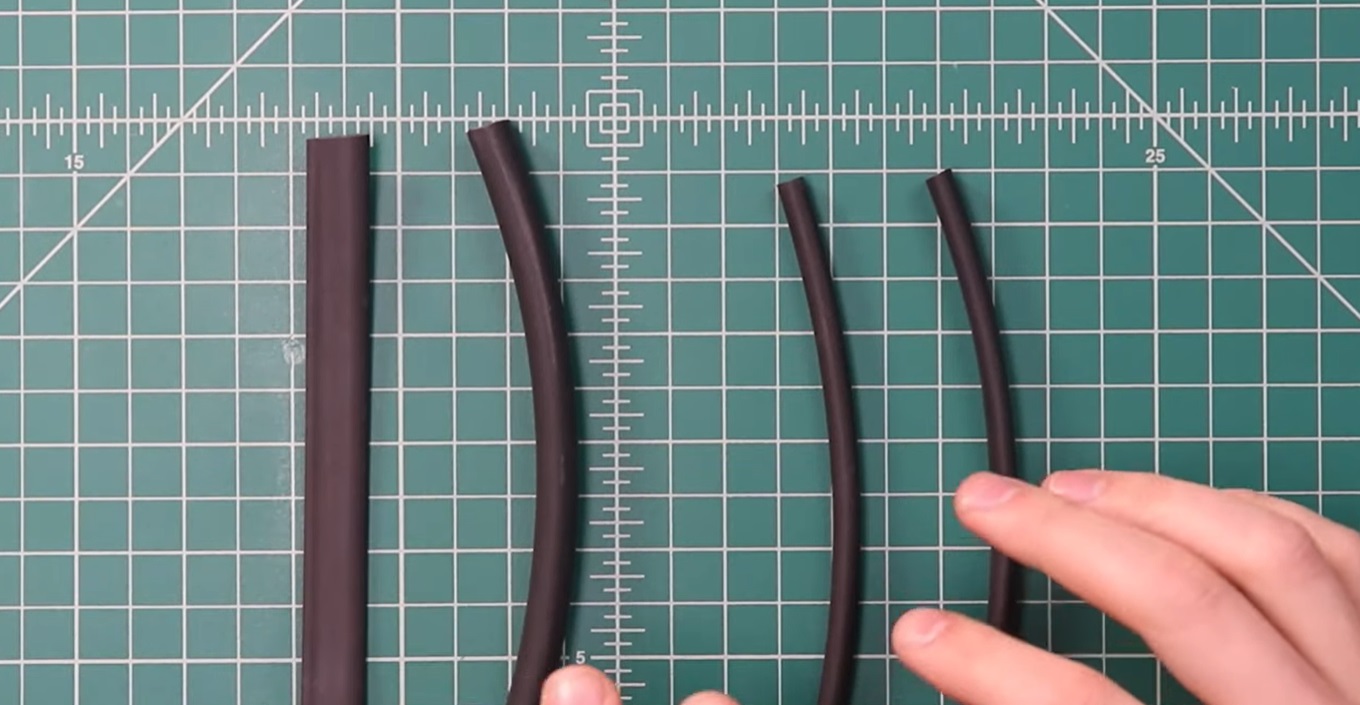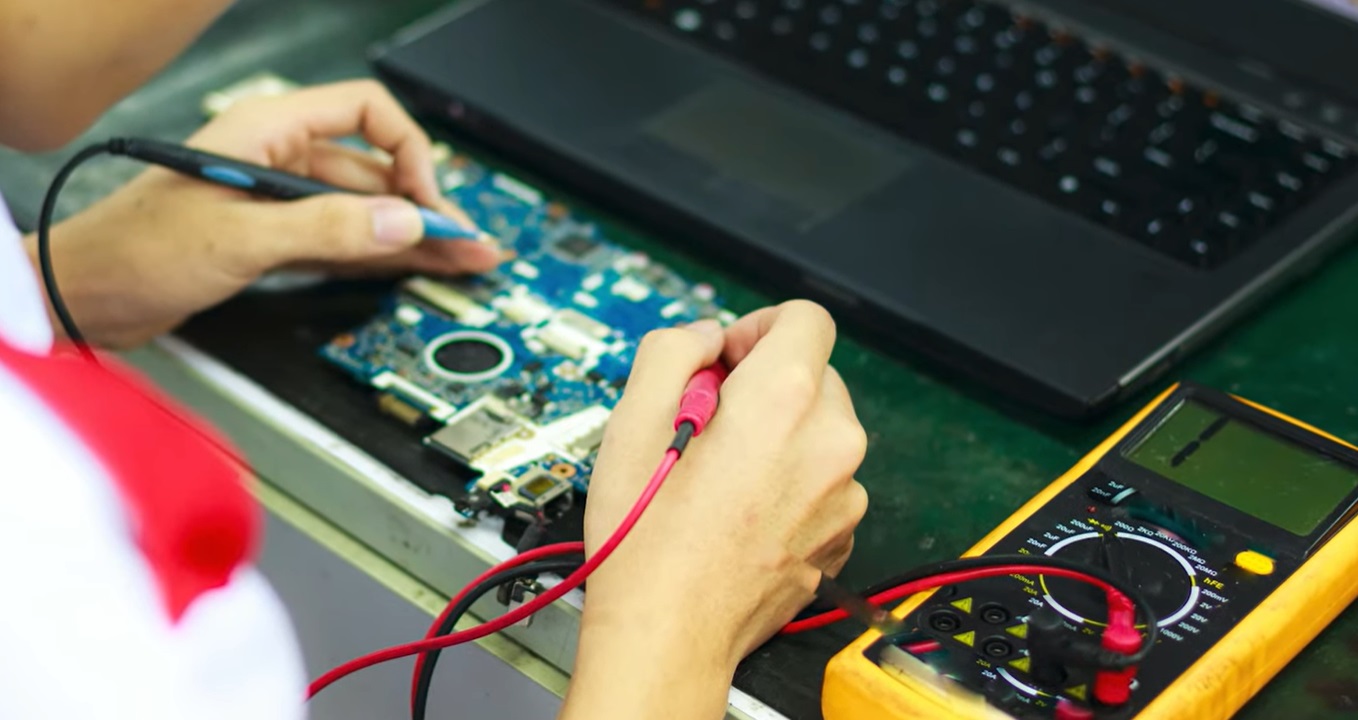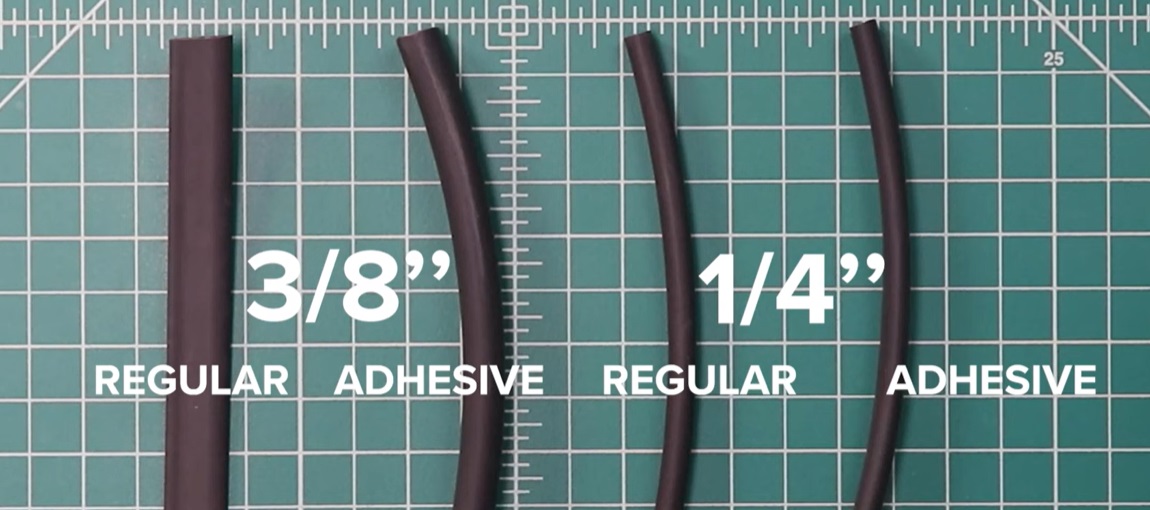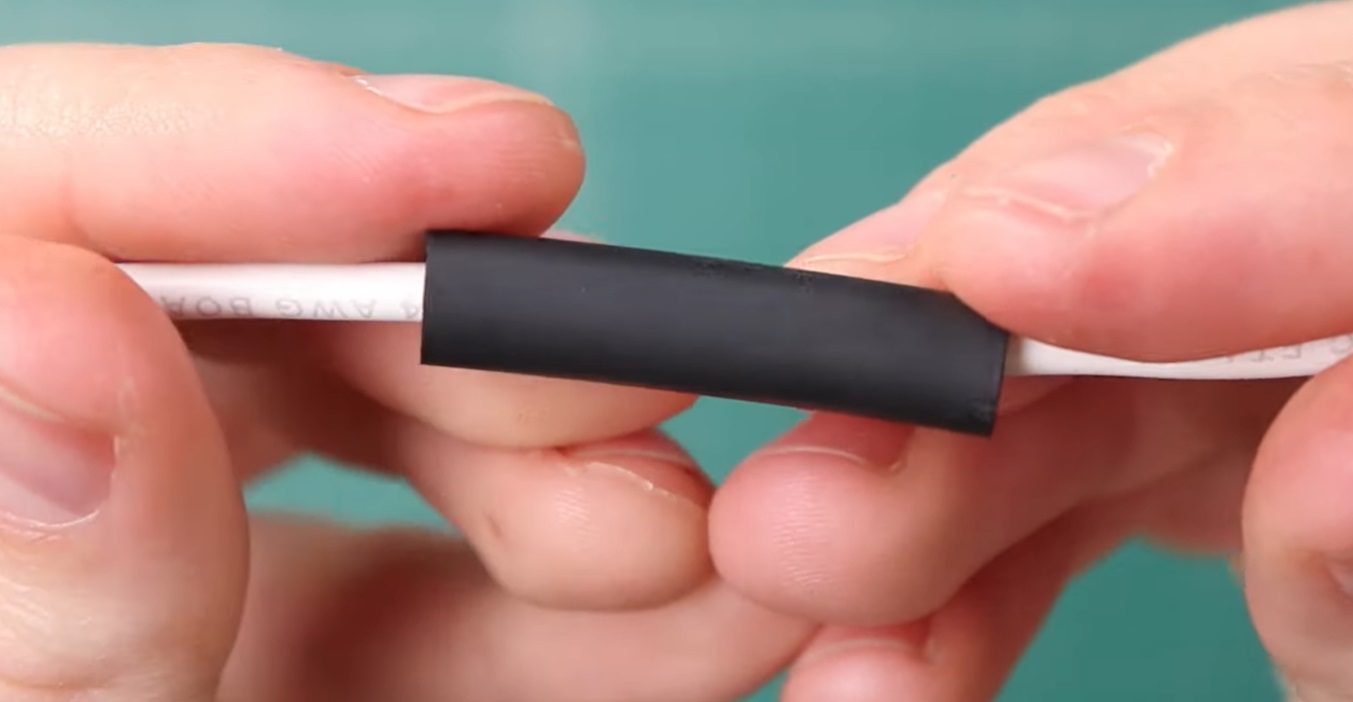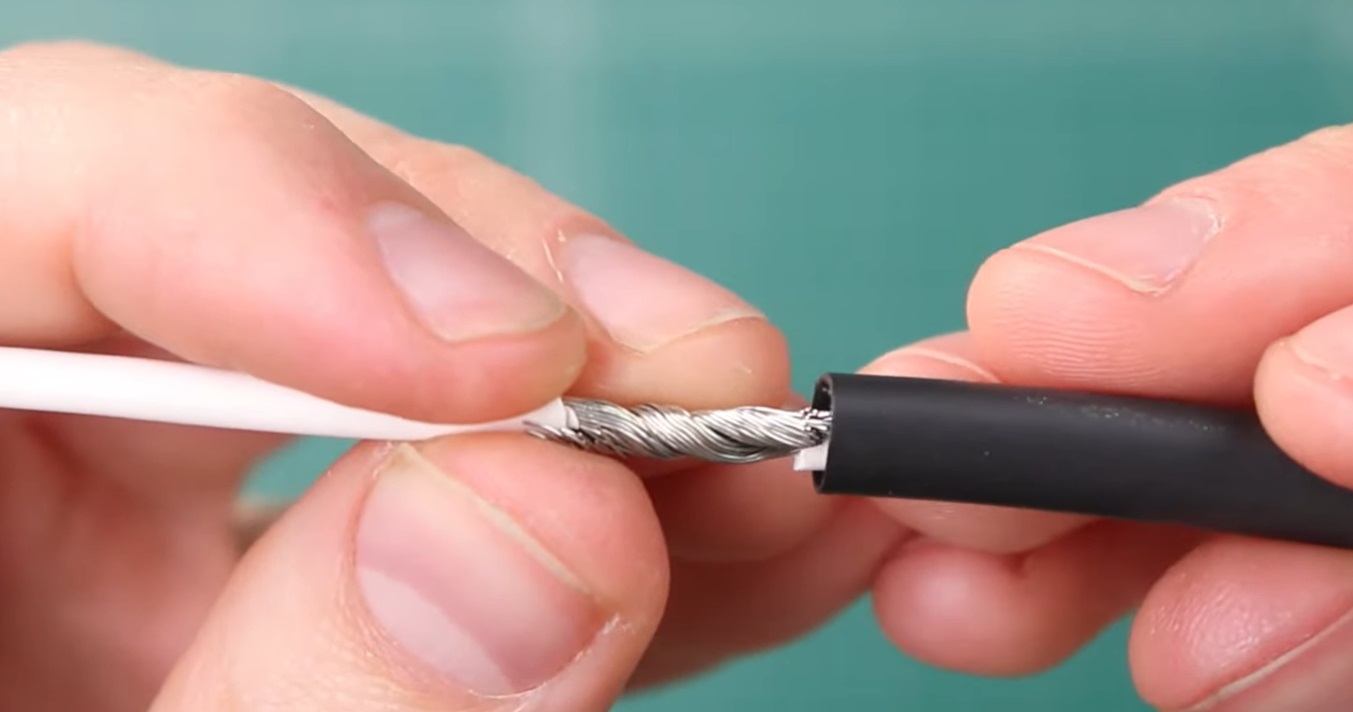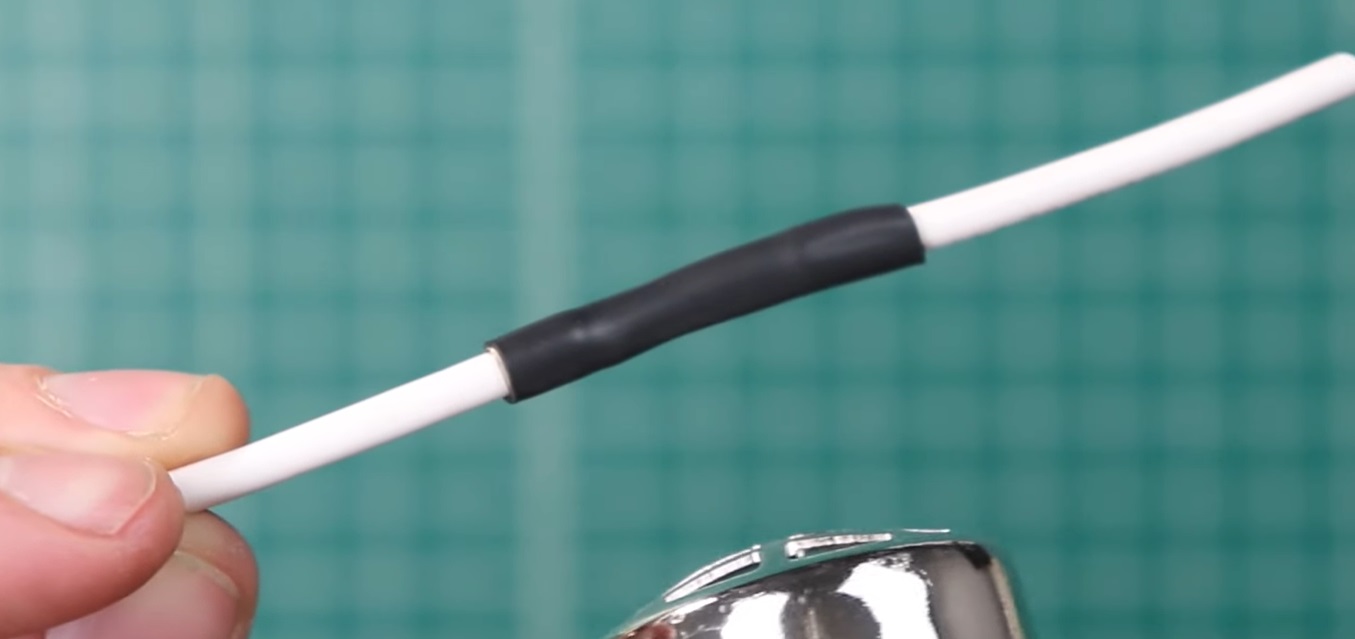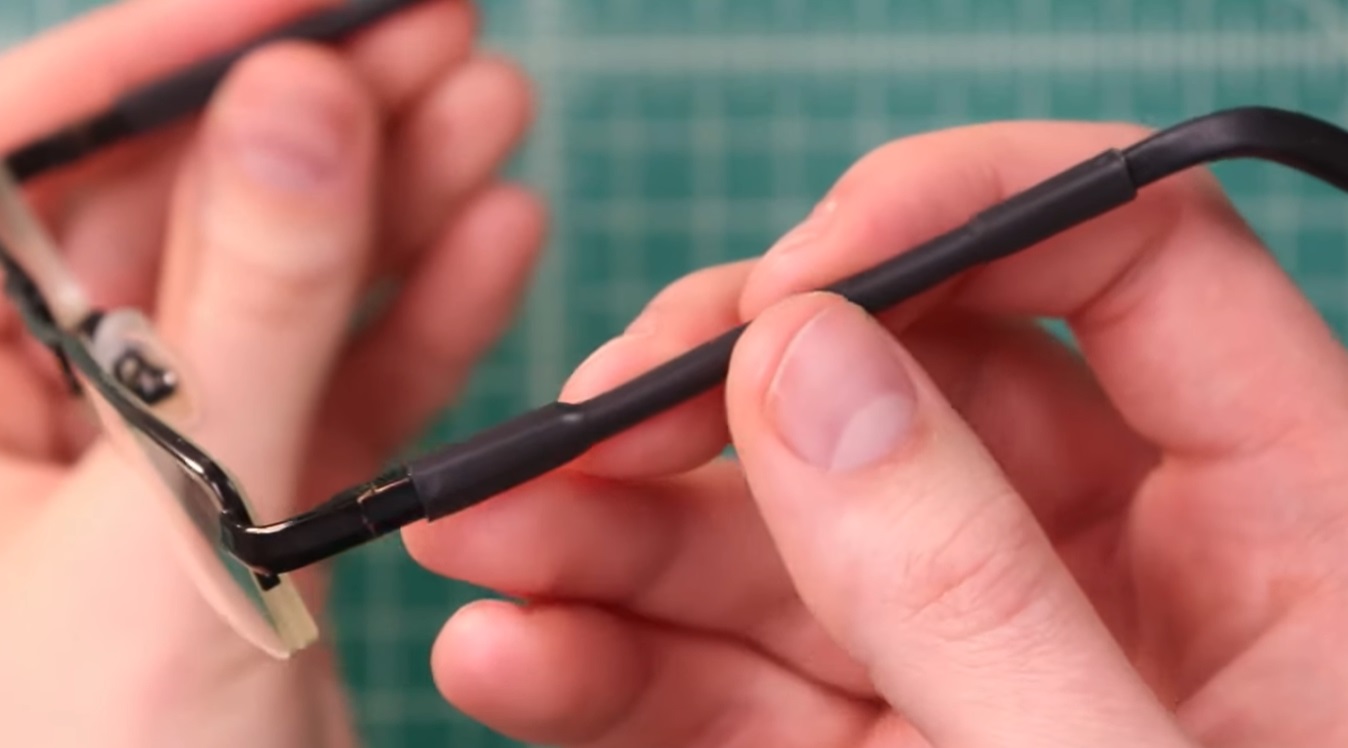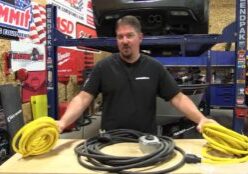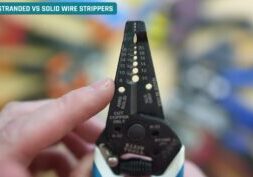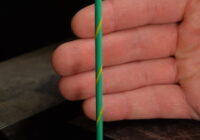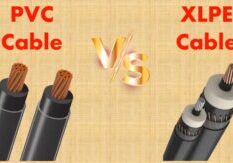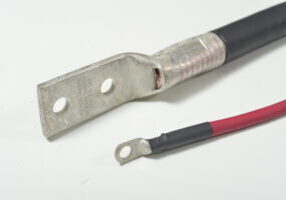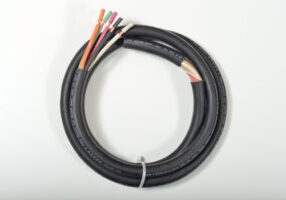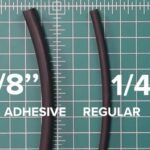
Aug 27, 2024
Adhesive VS Non-adhesive Heat Shrink Tubing Explained
Heat shrink tubing is a versatile material widely used in electrical, automotive, aerospace, and other industries to protect, insulate, and seal wires, connections, joints, and other components. It’s designed to shrink down when heated, conforming tightly to the object it’s covering, thereby providing a secure and durable seal.
Heat shrink tubing comes in two main types: adhesive-lined (also called dual-wall) and non-adhesive (single-wall). Each type offers distinct advantages and is suited for different applications. Let’s dive into the differences between these two types, followed by an exploration of specific applications like splicing copper lead wire and the benefits of using different shrink ratios, such as 3:1 and 4:1.
0:00 – Some electronic applications
0:13 – 2 types of heat shrink tubing
0:25 – Using tubing and heating
0:45 – Applications beyond electrical
1:00 – Outro
Adhesive vs. Non-Adhesive Heat Shrink Tubing
Non-Adhesive (Single-Wall) Heat Shrink Tubing
This type of tubing consists of a single layer of thermoplastic material, usually polyolefin, which shrinks when heated. Non-adhesive heat shrink tubing provides a straightforward protective covering for wires and connections. It offers insulation, mechanical protection, strain relief, and some degree of moisture and dust resistance, though it is not fully waterproof.
Key Characteristics:
- Single-layer construction: No inner adhesive lining.
- Shrink ratio: Typically ranges from 2:1 to 6:1, meaning the tubing shrinks to half or one-sixth of its original diameter when heated.
- Material: Often made from polyolefin, which is flexible, flame-retardant, and resistant to chemicals.
- Resistance: Non-adhesive tubing provides good abrasion resistance and electrical insulation but does not create a watertight seal.
Applications:
- General insulation: Non-adhesive tubing is often used to insulate wire connections and terminals in electrical and electronic systems.
- Mechanical protection: It helps protect cables and wires from physical damage due to bending, friction, or abrasion.
- Color coding and identification: Available in various colors, it can be used to mark or differentiate wires or cables.
- Splicing copper lead wire: Non-adhesive heat shrink tubing is used when the primary goal is to insulate and protect the wire joint without requiring a watertight seal.
Adhesive-Lined (Dual-Wall) Heat Shrink Tubing
Adhesive-lined heat shrink tubing consists of two layers: an outer layer of polyolefin and an inner layer of adhesive. When heated, the outer layer shrinks, while the inner adhesive layer melts and flows, filling any gaps, sealing the connection, and providing a moisture-proof, airtight bond. The adhesive ensures a stronger, more permanent seal that can protect against environmental factors such as moisture, chemicals, and corrosive elements.
Key Characteristics:
- Dual-wall construction: Combines an outer polyolefin layer with an inner adhesive lining.
- Shrink ratio: Often found in higher shrink ratios such as 3:1 or 4:1, making it highly adaptable to different sizes of wires and components.
- Material: Polyolefin outer layer and a thermoplastic adhesive inner layer.
- Sealing properties: Provides a watertight and airtight seal, offering superior protection against environmental hazards.
Applications:
- Moisture protection: Ideal for applications where moisture resistance is critical, such as underground or outdoor electrical connections.
- Sealing and insulation: Used to seal splices, connectors, and terminals, preventing corrosion and ensuring long-term durability.
- Strain relief: Provides excellent strain relief, especially for high-vibration environments.
- Splicing copper lead wire: Adhesive-lined tubing is preferred when a watertight seal is needed, ensuring that the splice is protected from moisture, dust, and other environmental contaminants.
Splicing Copper Lead Wire
When splicing copper lead wire, the choice of heat shrink tubing depends on the environment and the level of protection required for the splice. The tubing serves two main purposes: electrical insulation and mechanical protection.
- Non-Adhesive Heat Shrink Tubing for Copper Wire Splicing: This option is suitable for indoor or controlled environments where moisture protection is not a significant concern. The non-adhesive tubing provides sufficient insulation and protection against physical damage. It’s often used in electronics, automotive interiors, and industrial control panels.
- Adhesive-Lined Heat Shrink Tubing for Copper Wire Splicing: In applications where moisture, dust, or other environmental factors could affect the splice, adhesive-lined tubing is the better choice. This type of tubing not only insulates the wire splice but also seals it, preventing corrosion and other potential damage. It’s commonly used in outdoor, marine, and underground electrical applications.
Shrink Ratios and Their Benefits
Heat shrink tubing comes in various shrink ratios, with 3:1 and 4:1 being the most common for heavy-duty applications. The shrink ratio refers to the amount the tubing will reduce in diameter when heated. For example, a 3:1 shrink ratio means that the tubing will shrink to one-third of its original diameter, while a 4:1 ratio means it will shrink to one-fourth of its original diameter.
3:1 Shrink Ratio Tubing
Benefits:
- Versatility: 3:1 shrink tubing can accommodate a wide range of wire sizes, making it a flexible option for general use.
- Moderate wall thickness: After shrinking, the tubing provides good mechanical protection and insulation without becoming too rigid or bulky.
- Balance between flexibility and durability: It strikes a balance between flexibility, ease of installation, and mechanical strength.
Applications:
- General wiring applications: The 3:1 shrink ratio is often used for general-purpose wiring, including splices, connectors, and terminals.
- Automotive and aerospace industries: It is commonly used in applications where wires and connections need protection from abrasion, chemicals, and minor environmental factors.
- Home and office electronics: Used to insulate and protect wires in home appliances, computers, and other electronic devices.
4:1 Shrink Ratio Tubing
Benefits:
- Greater adaptability: The 4:1 shrink ratio tubing can accommodate more significant size differences, making it ideal for covering irregularly shaped components or bundles of wires.
- Thicker wall thickness: After shrinking, the thicker walls provide superior mechanical protection and insulation, making it highly durable.
- Heavy-duty protection: Offers excellent protection against environmental factors such as moisture, chemicals, and abrasion, which is particularly important in harsh environments.
Applications:
- Harsh environments: Ideal for outdoor, marine, underground, and industrial applications where extreme durability and sealing are required.
- Cable repairs: Often used to repair or reinforce damaged cables, as it can cover larger areas and shrink tightly around uneven shapes.
- Military and aerospace applications: The thicker wall and stronger seal make 4:1 tubing well-suited for applications requiring the highest levels of protection and performance.
Summary of Benefits for 3:1 and 4:1 Heat Shrink Tubing
The choice between 3:1 and 4:1 heat shrink tubing depends on the specific application and the level of protection required.
- 3:1 Heat Shrink Tubing is versatile, offering a good balance of flexibility and protection. It is ideal for general-purpose use in industries such as automotive, electronics, and general wiring where moderate protection and adaptability are sufficient.
- 4:1 Heat Shrink Tubing, on the other hand, is better suited for applications that demand more robust protection and a tighter seal, such as harsh outdoor or marine environments, heavy-duty cable repairs, and military or aerospace uses. Its higher shrink ratio allows it to conform to irregular shapes and provide superior protection.
Conclusion
In the world of heat shrink tubing, the choice between adhesive and non-adhesive tubing and different shrink ratios hinges on the specific demands of the application. Non-adhesive heat shrink tubing offers excellent insulation and protection for general purposes, while adhesive-lined tubing provides a watertight seal, making it perfect for environments exposed to moisture and other hazards.
Applications like splicing copper lead wire can benefit from both types of tubing, depending on whether environmental sealing is needed. The choice of shrink ratio—3:1 or 4:1—further enhances the tubing’s effectiveness, with 3:1 being ideal for general use and 4:1 providing extra strength and versatility in more demanding environments.
Understanding these differences allows professionals to choose the right heat shrink tubing for their needs, ensuring that their electrical connections are protected, durable, and reliable, no matter the conditions.

